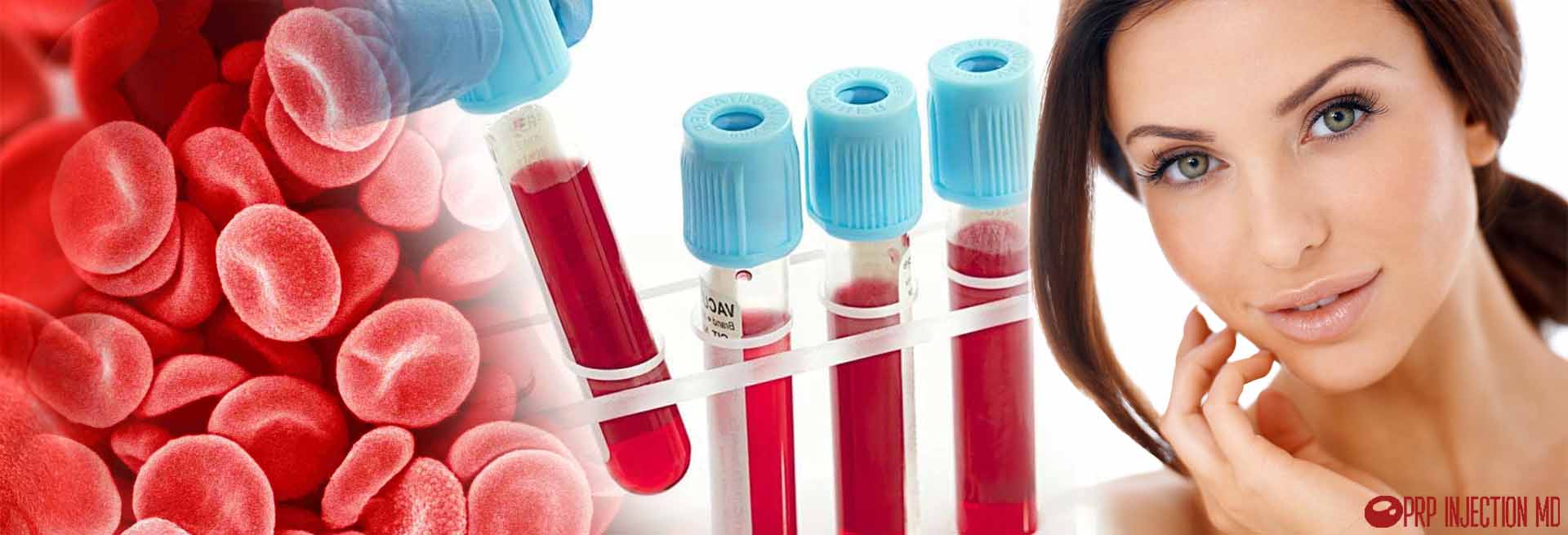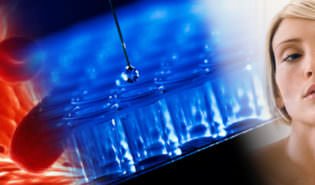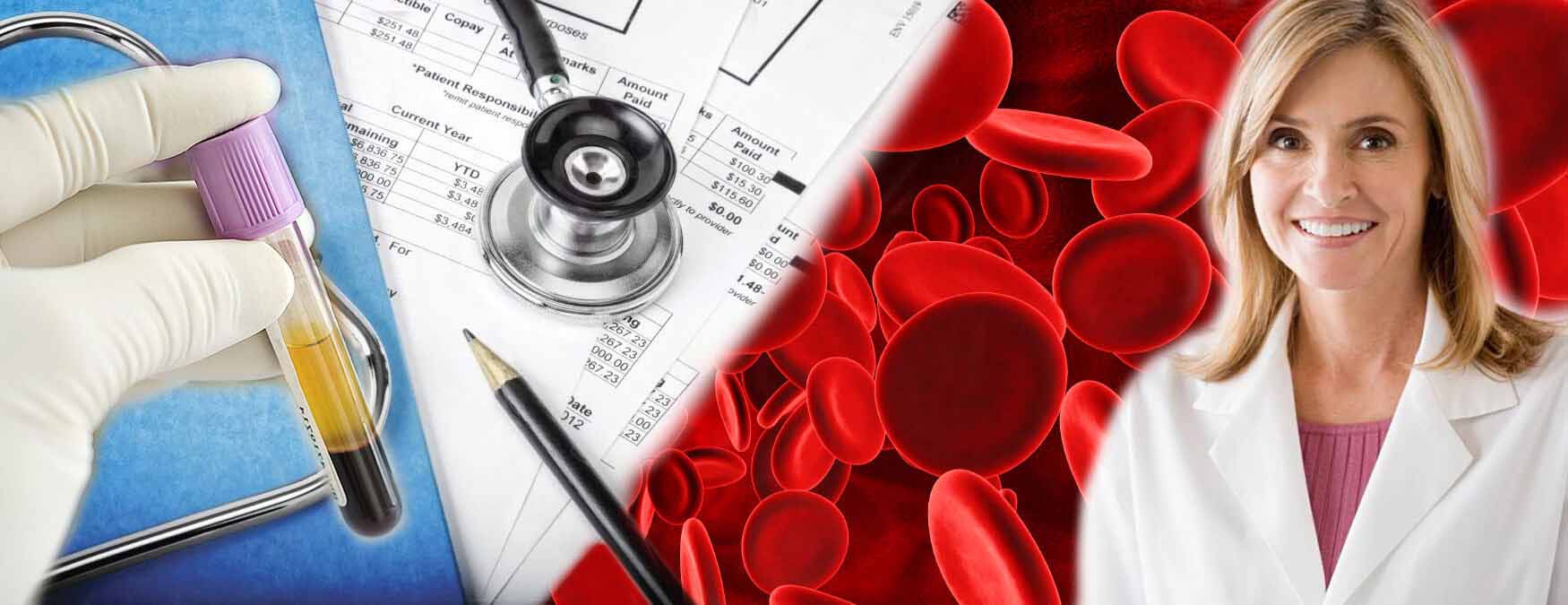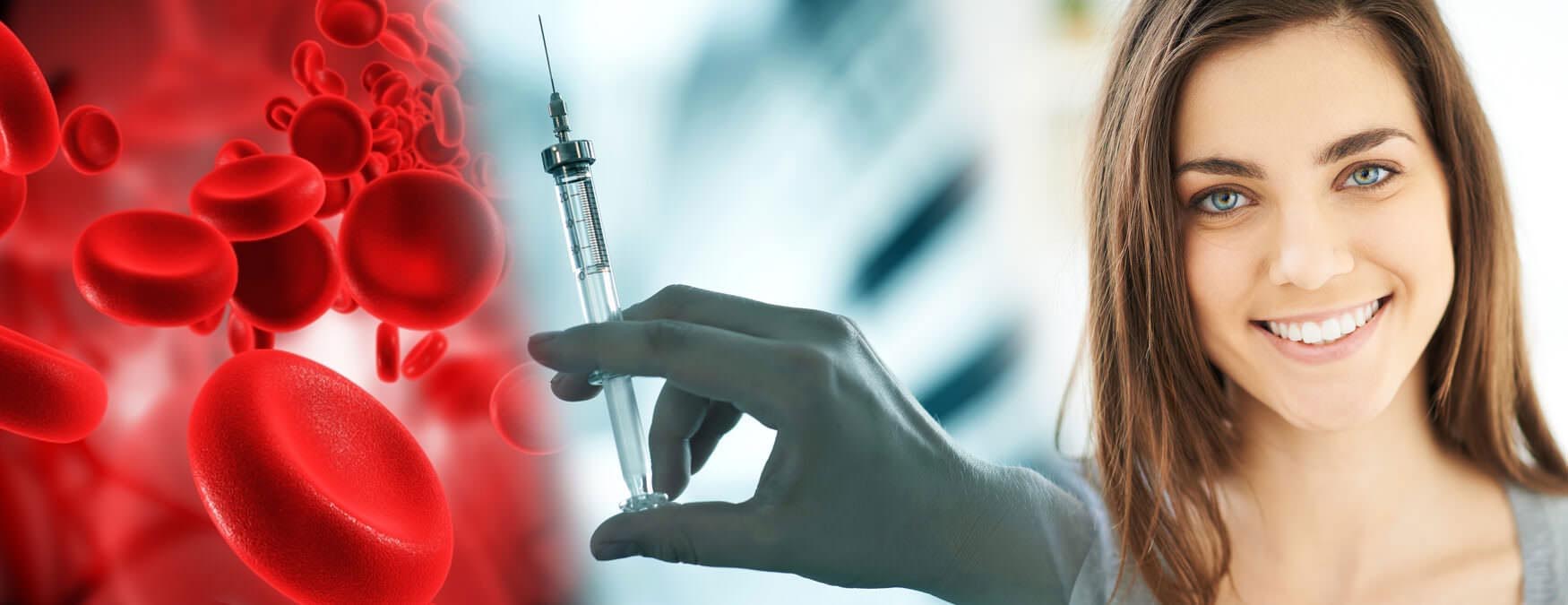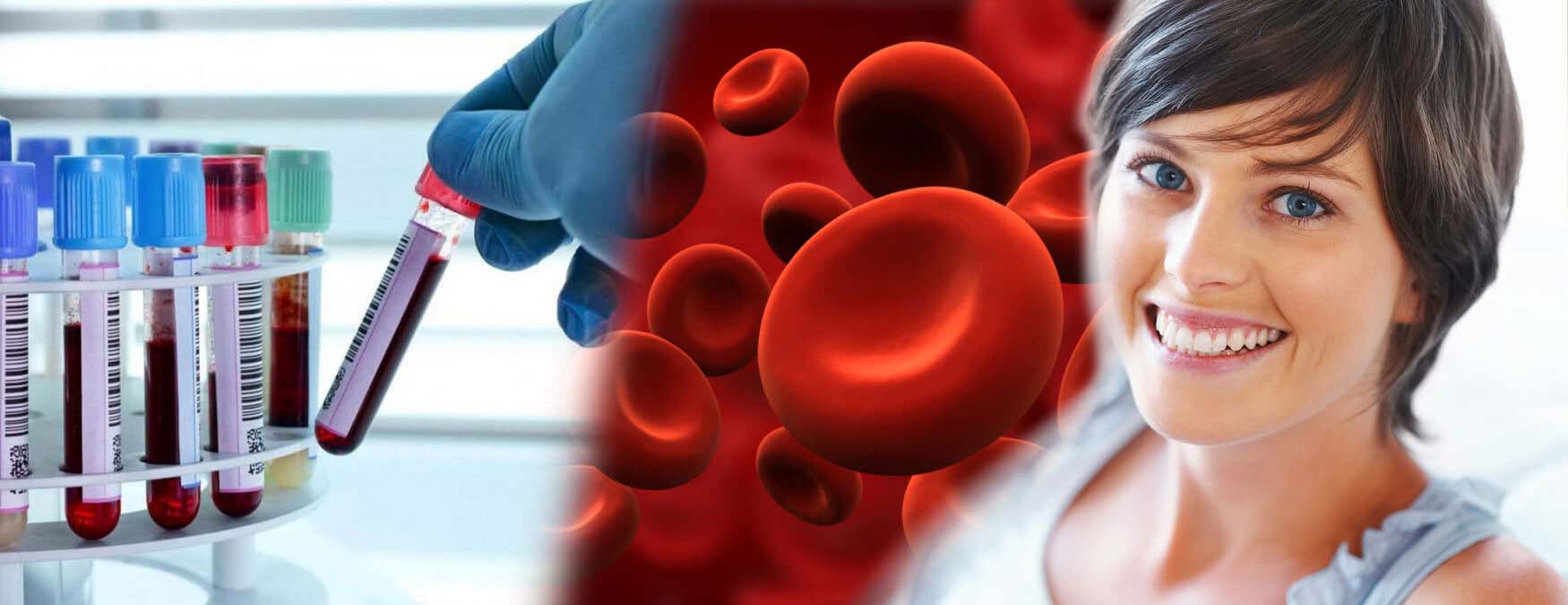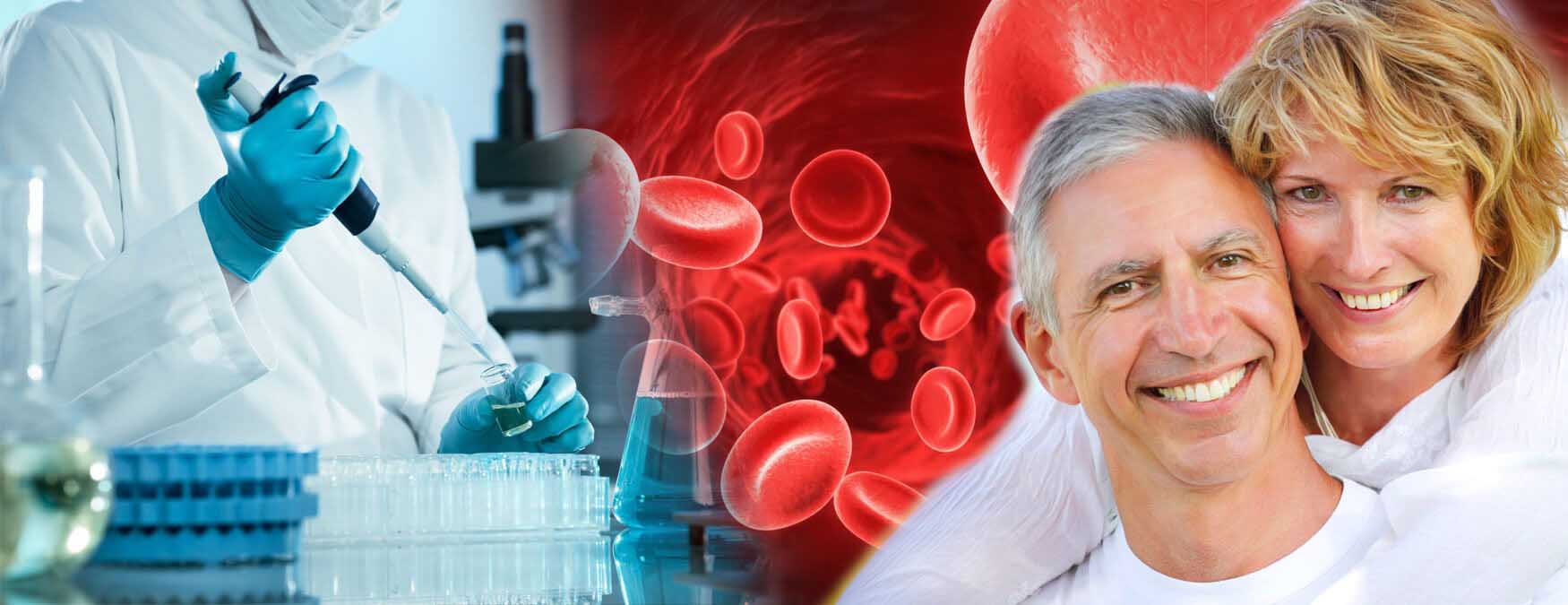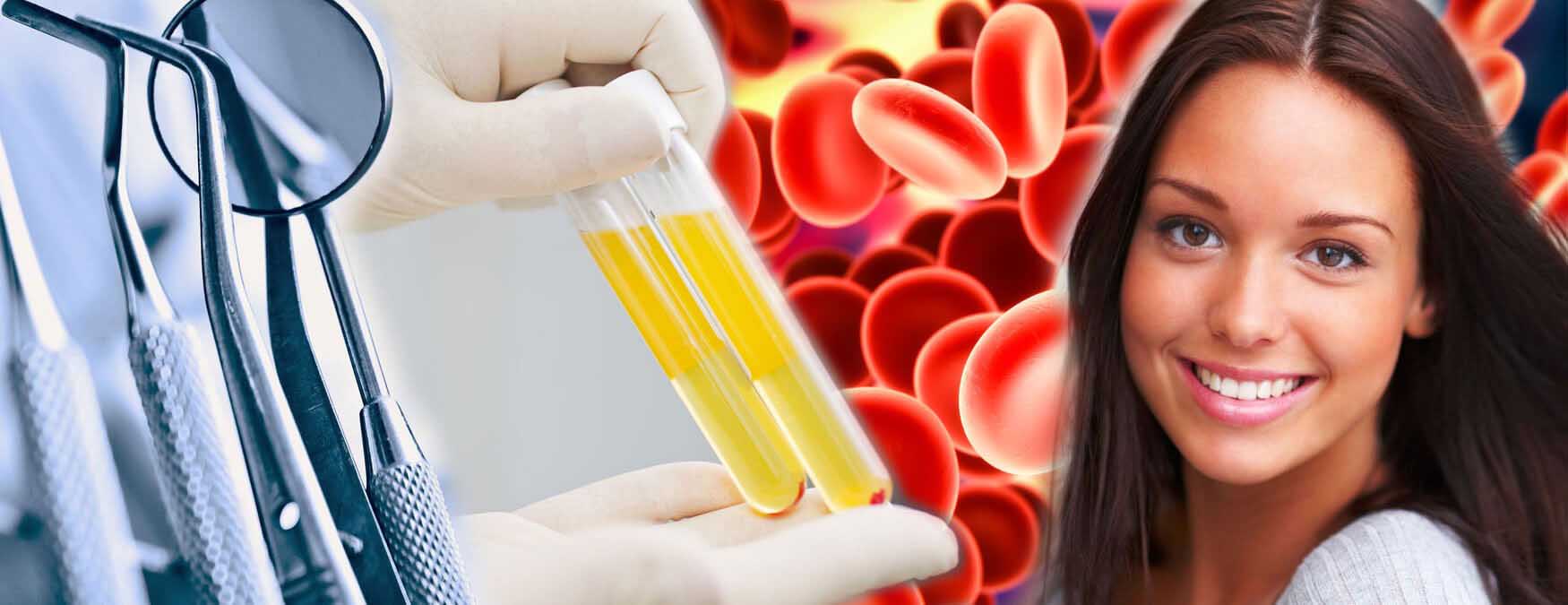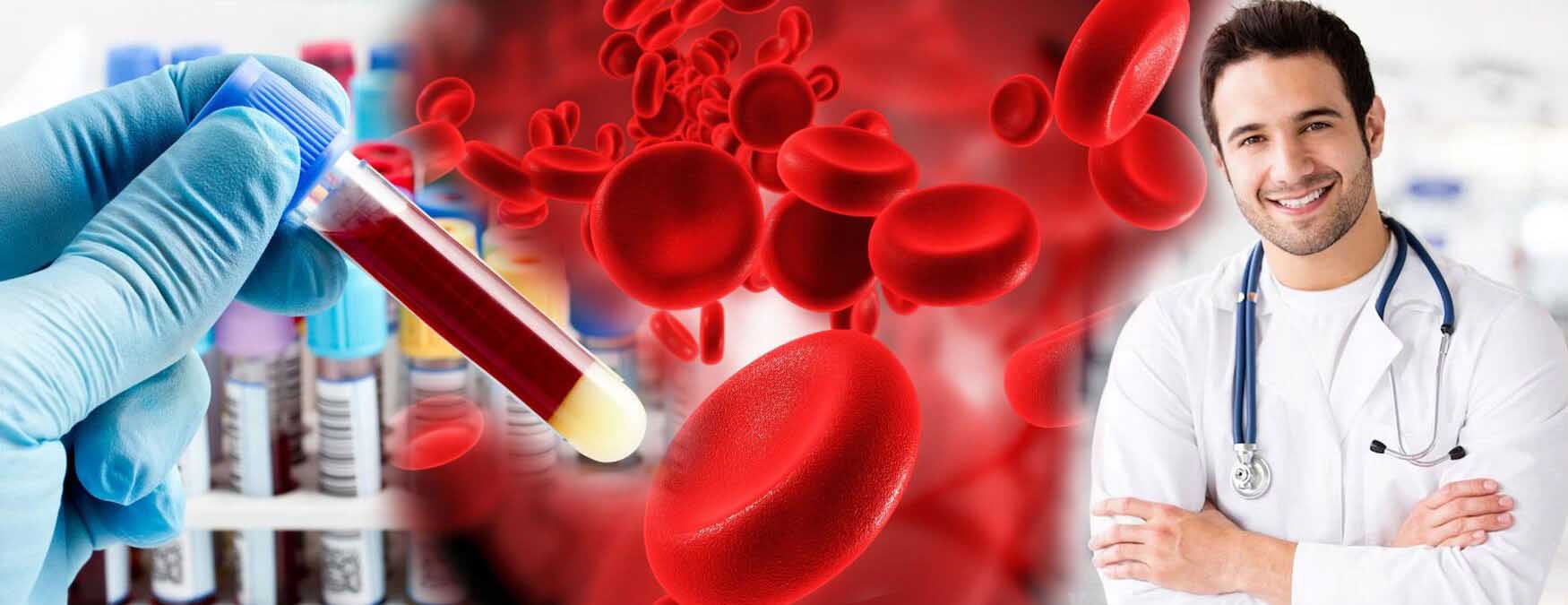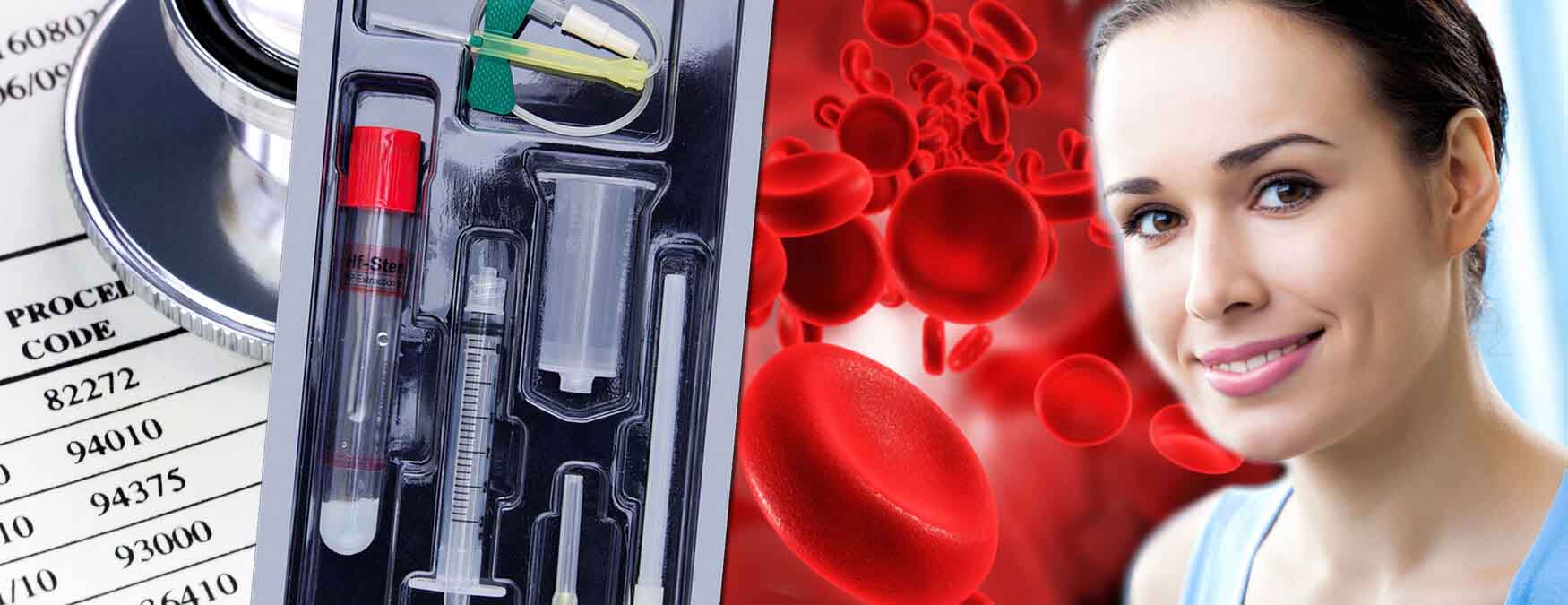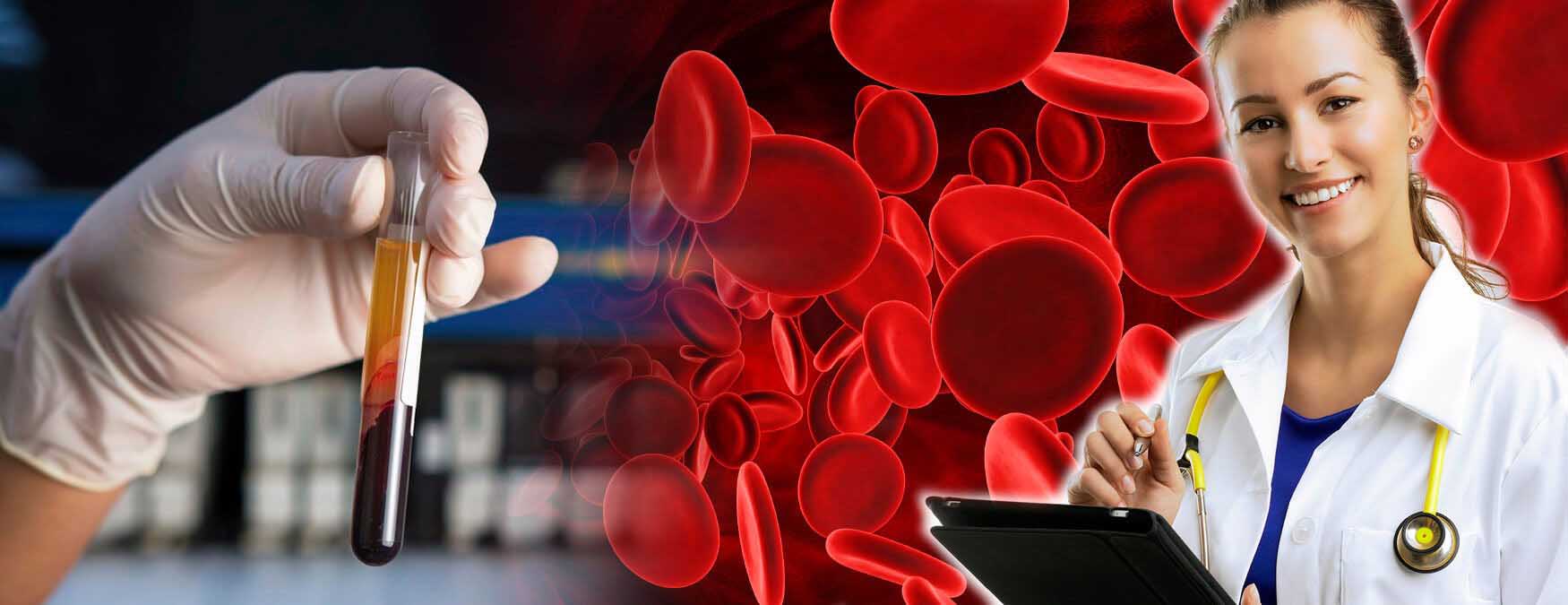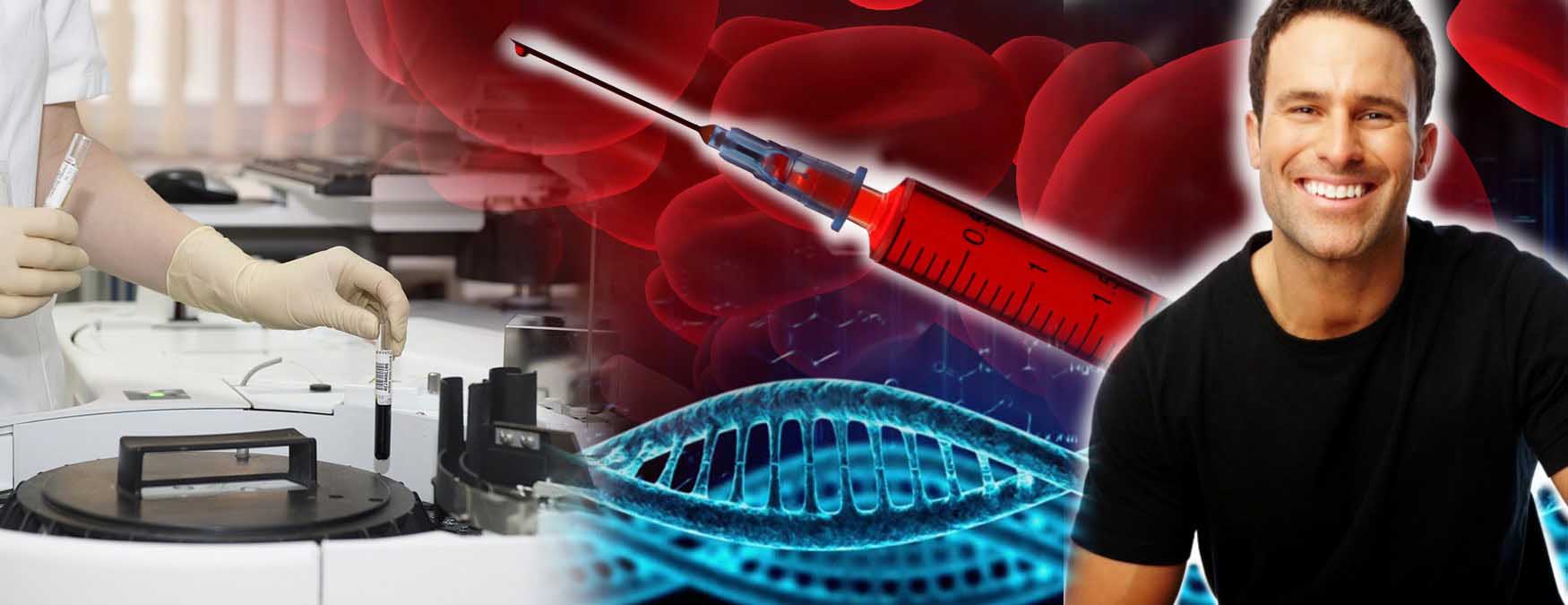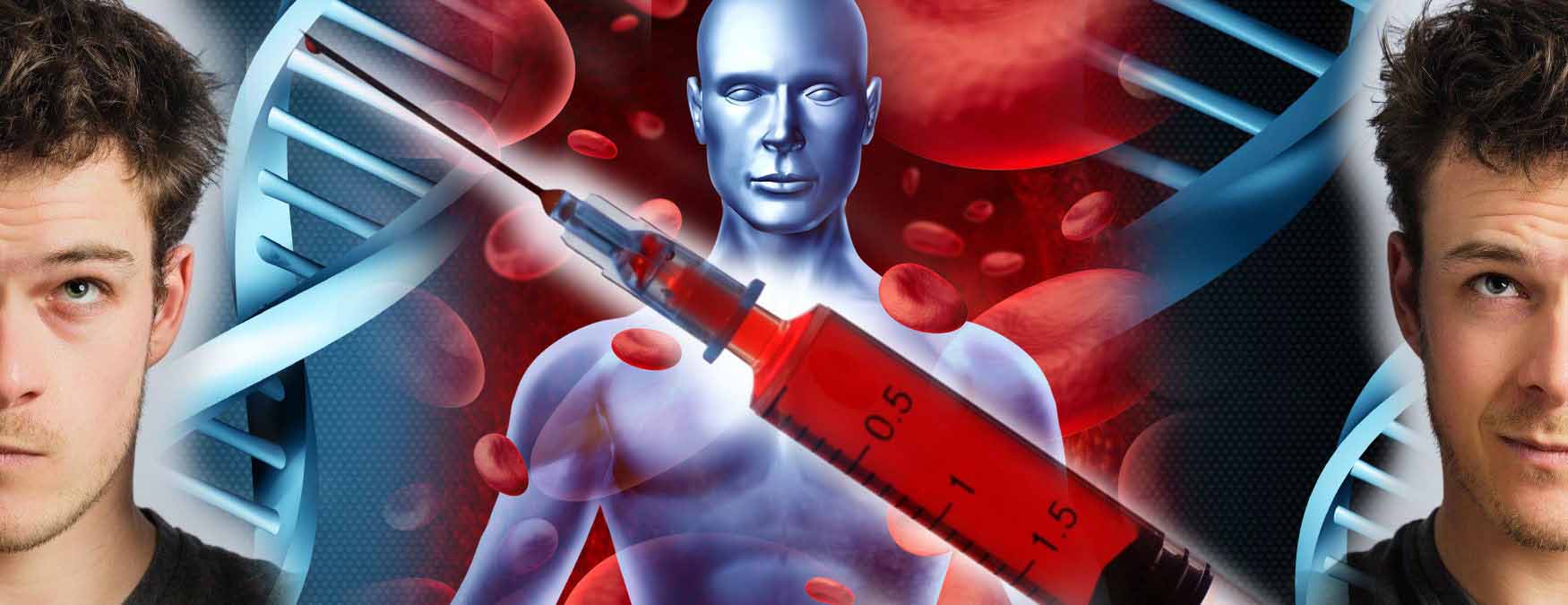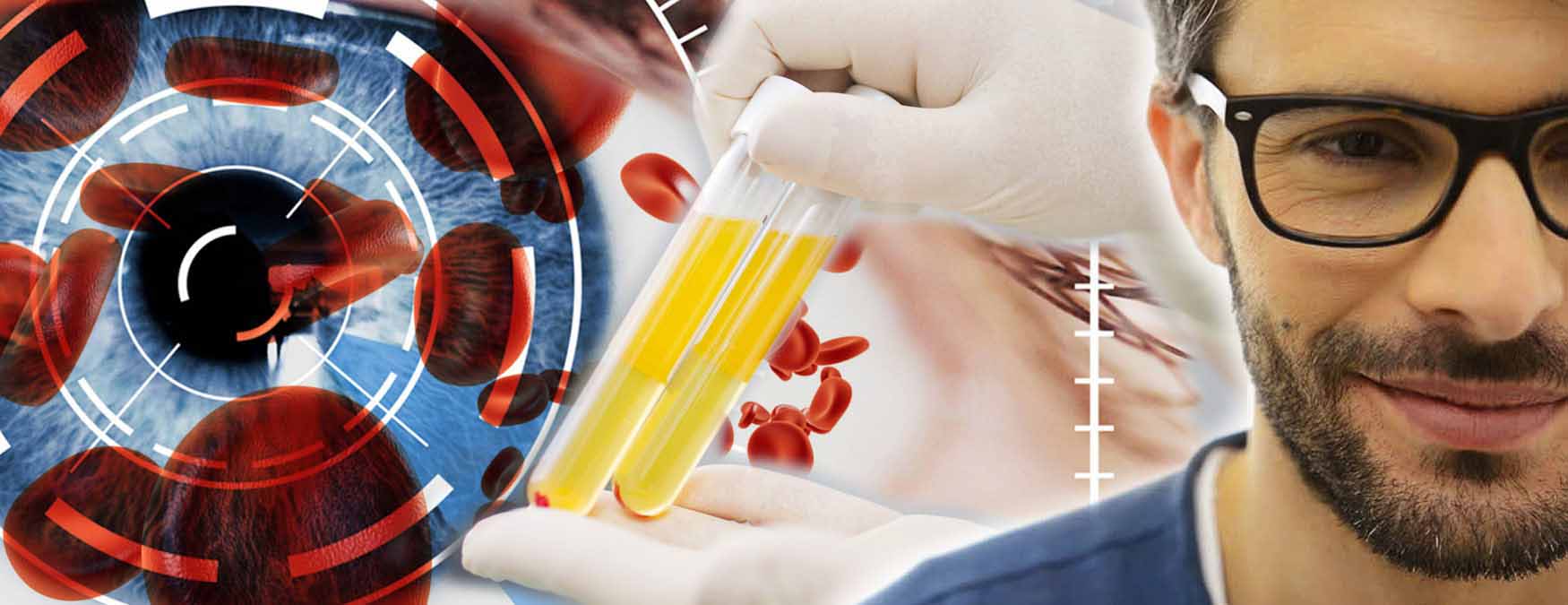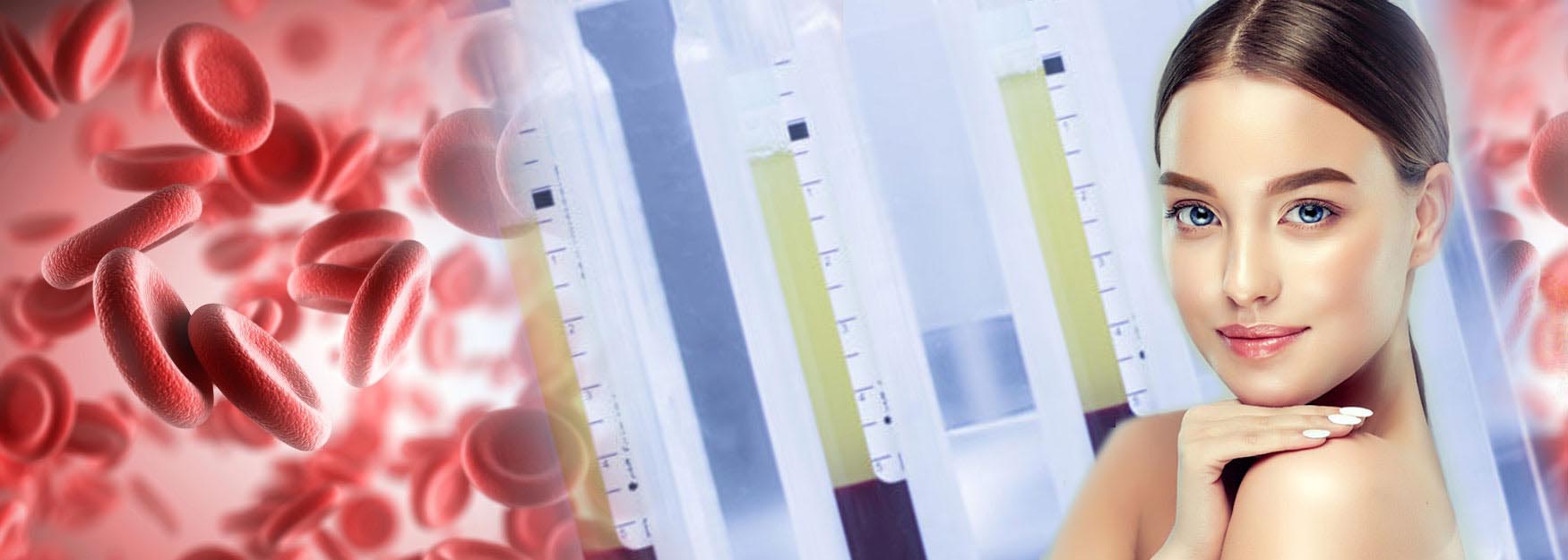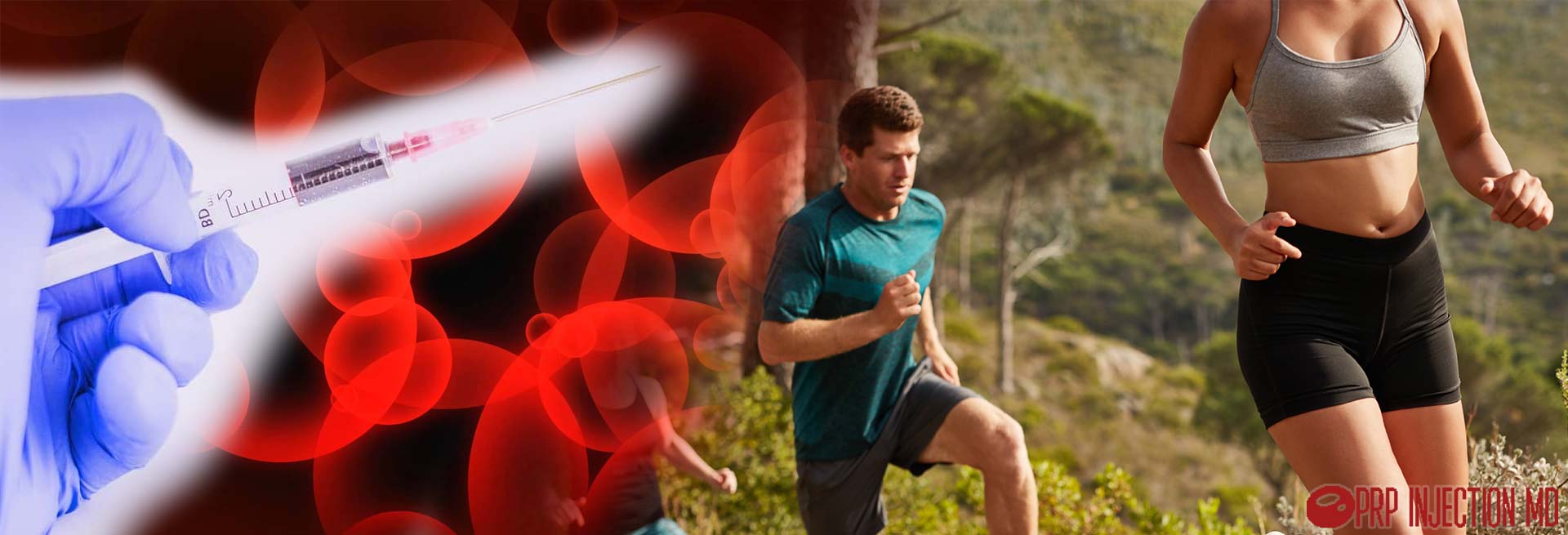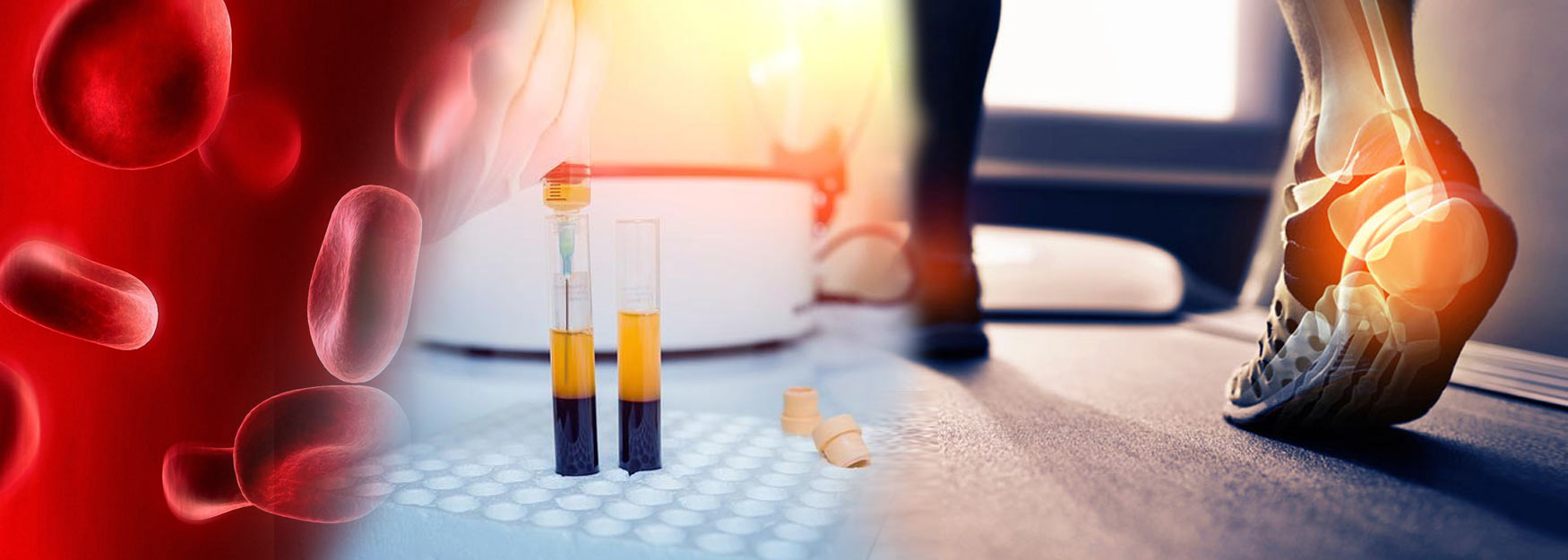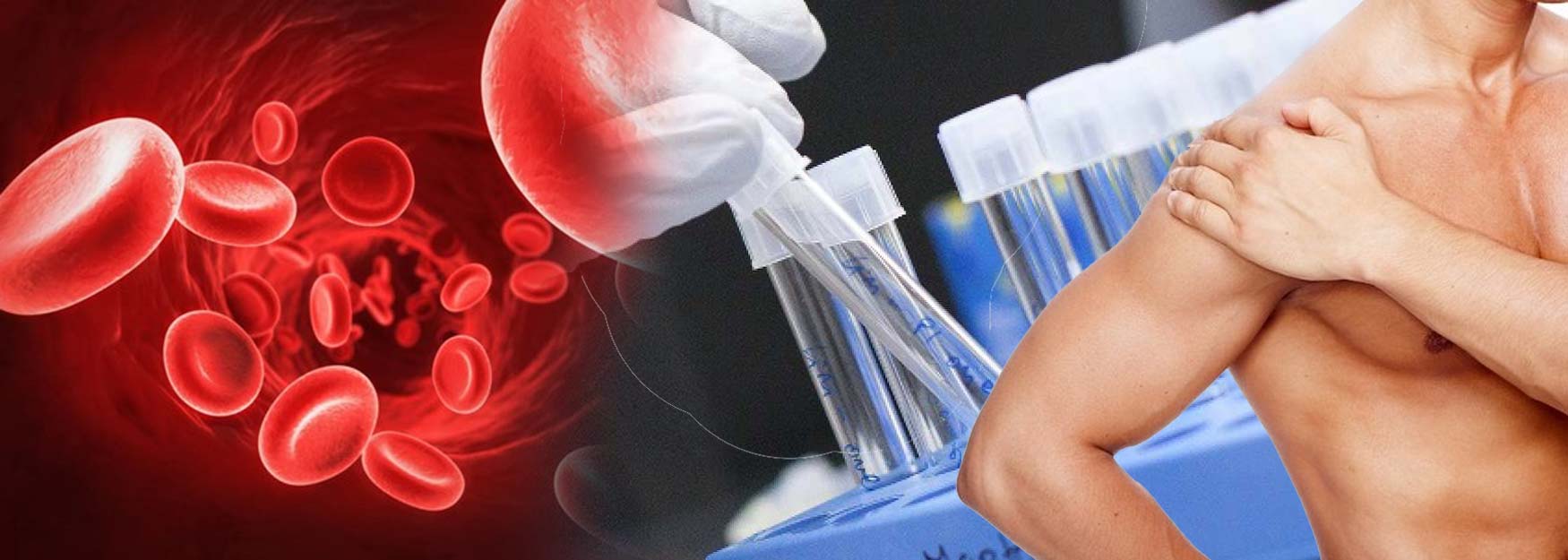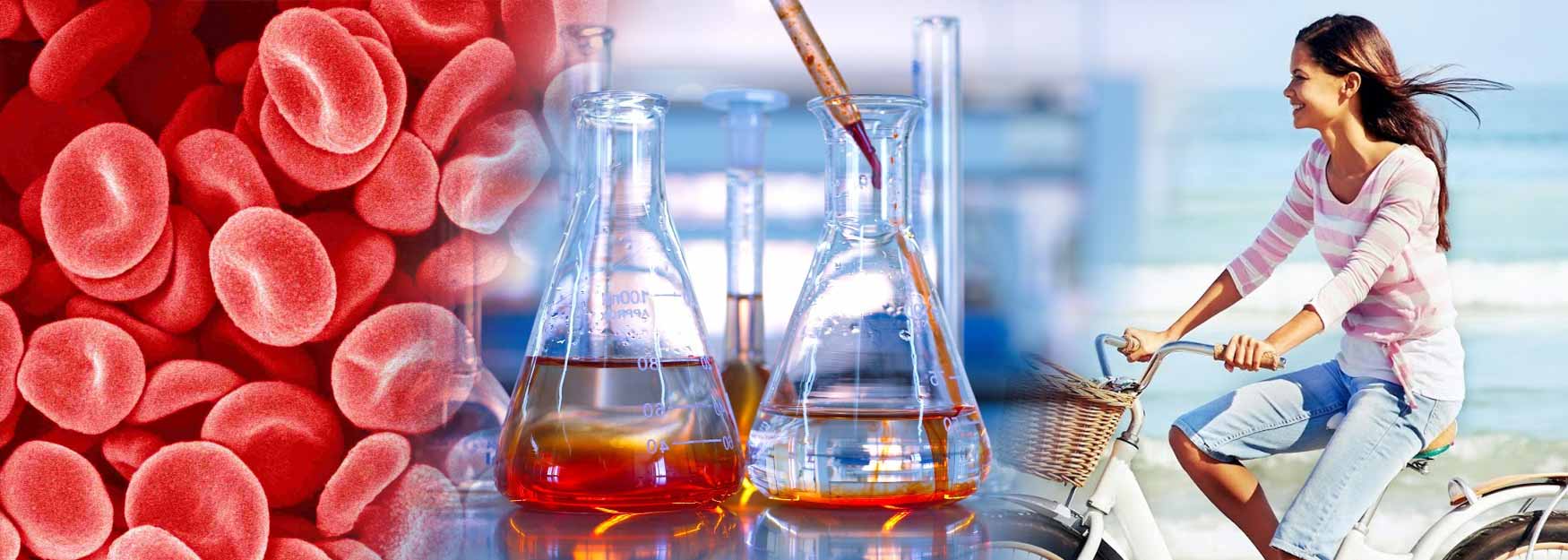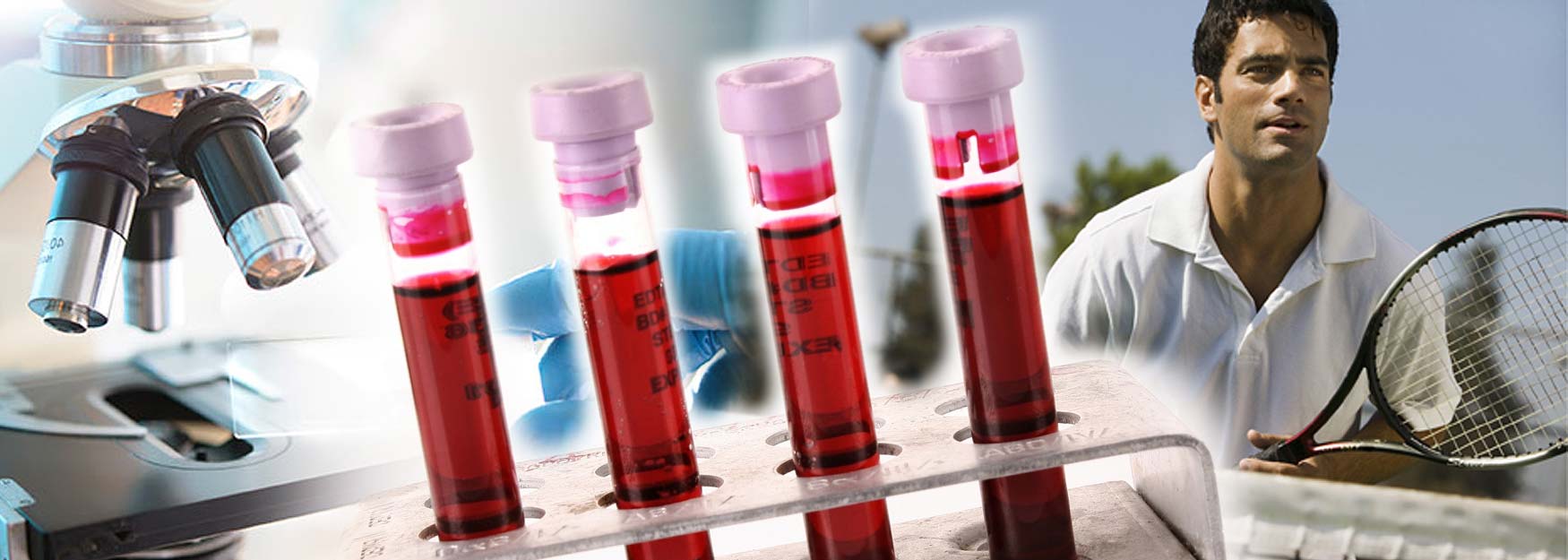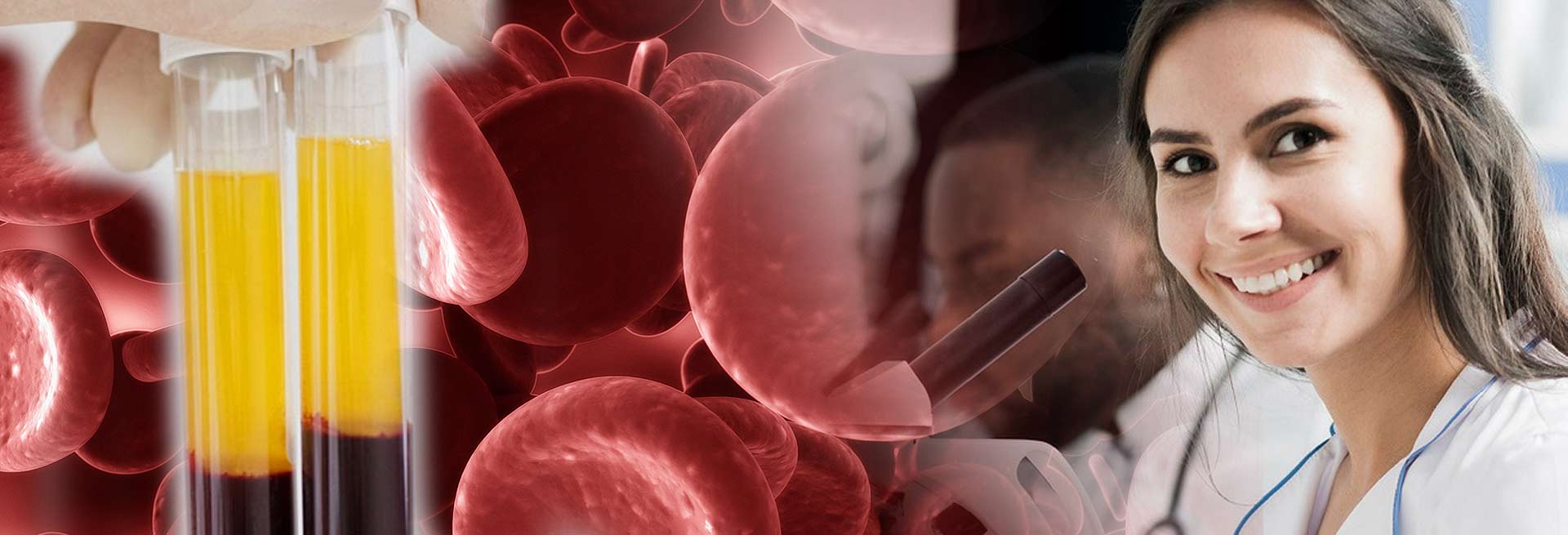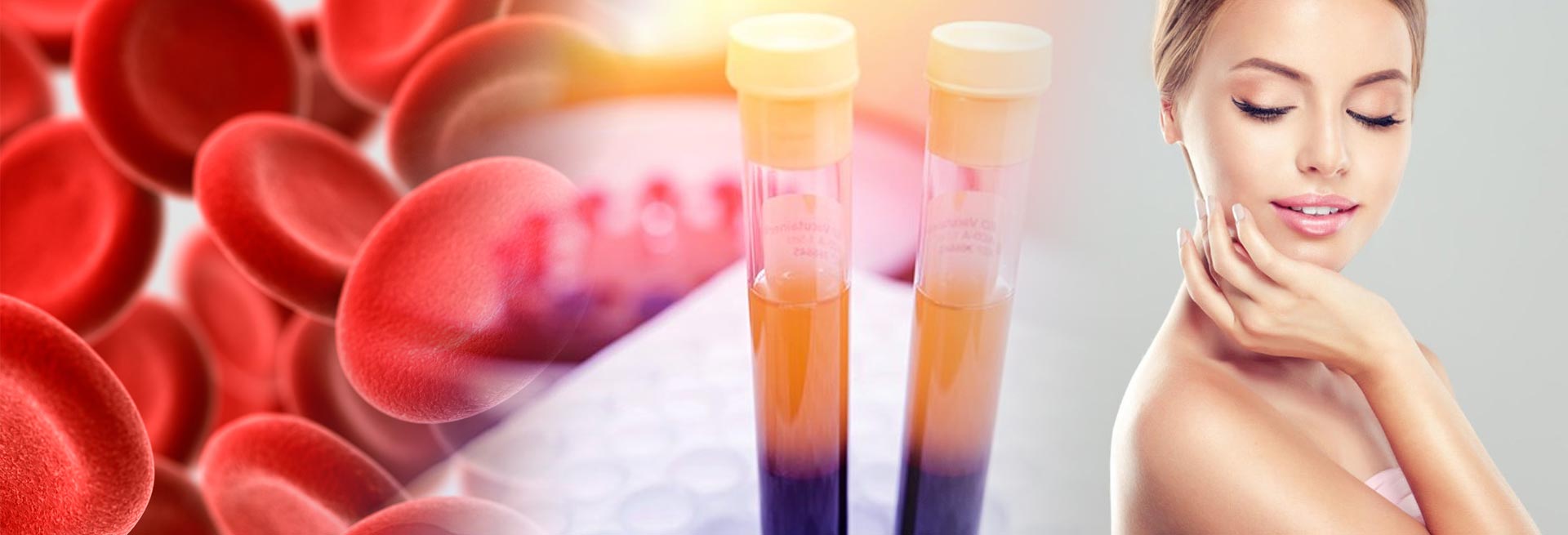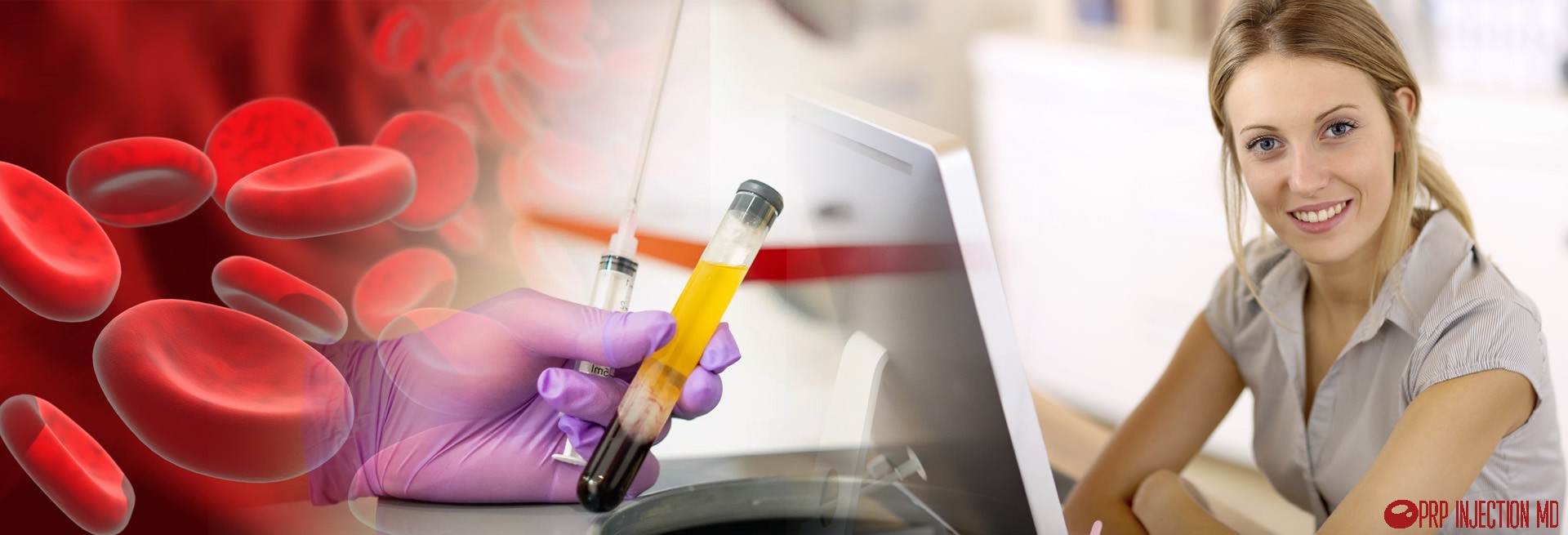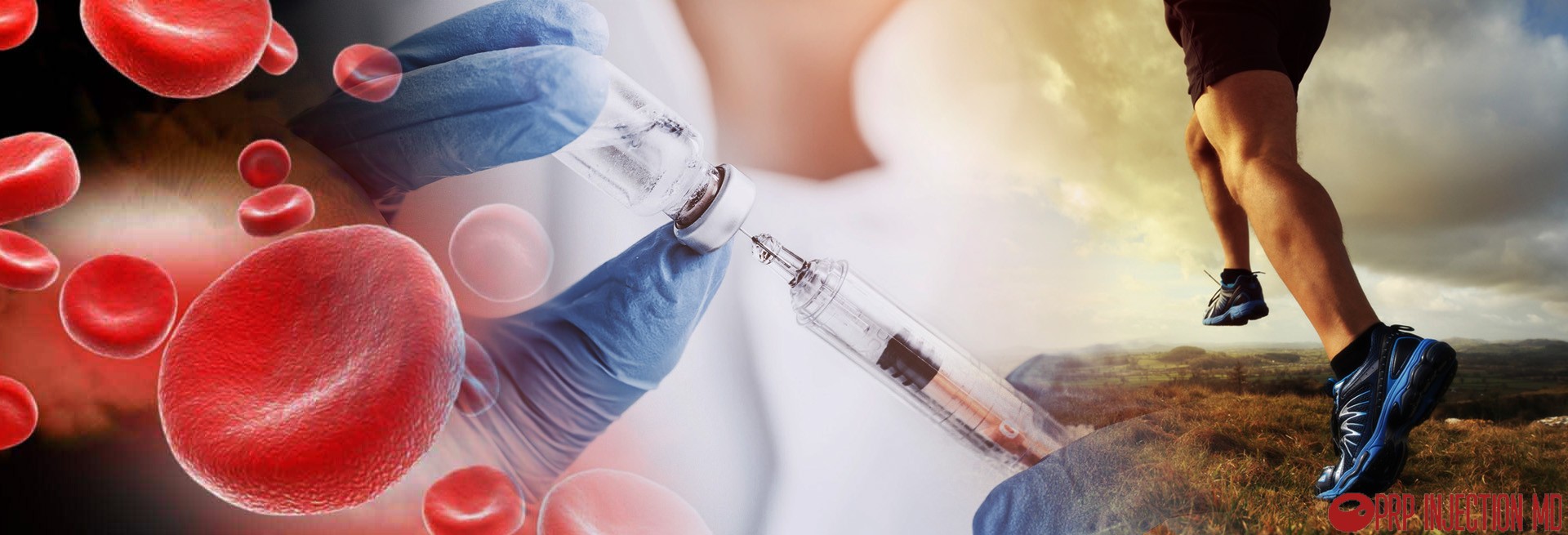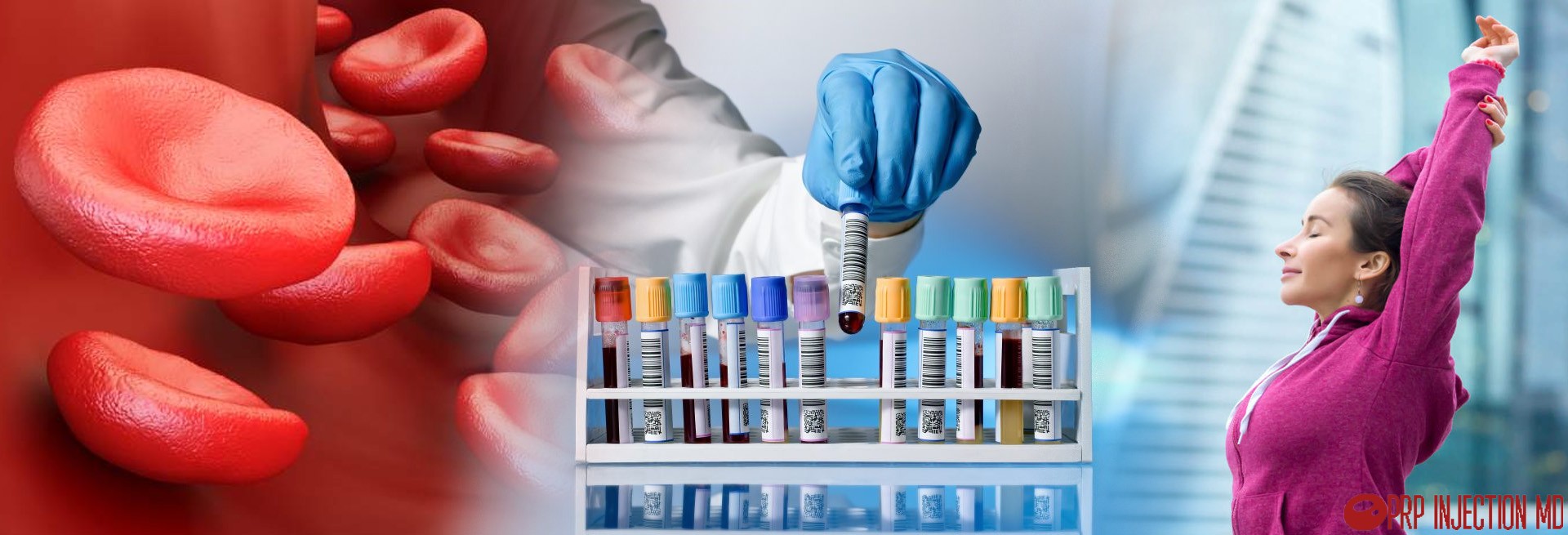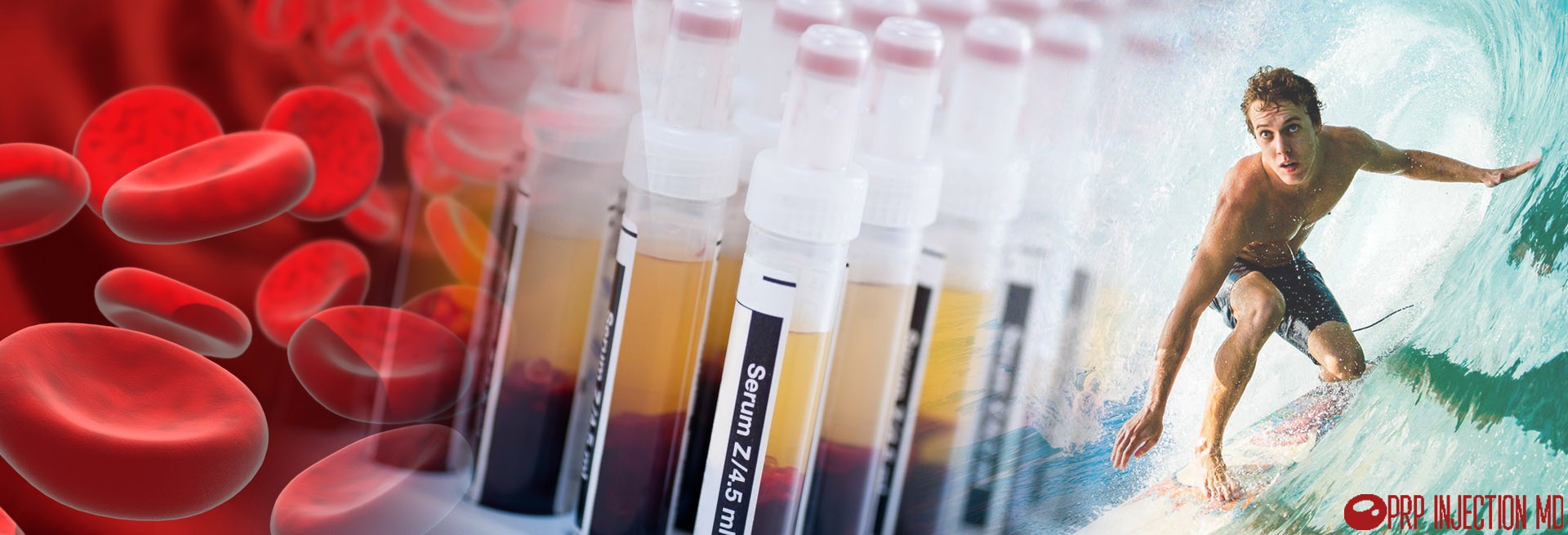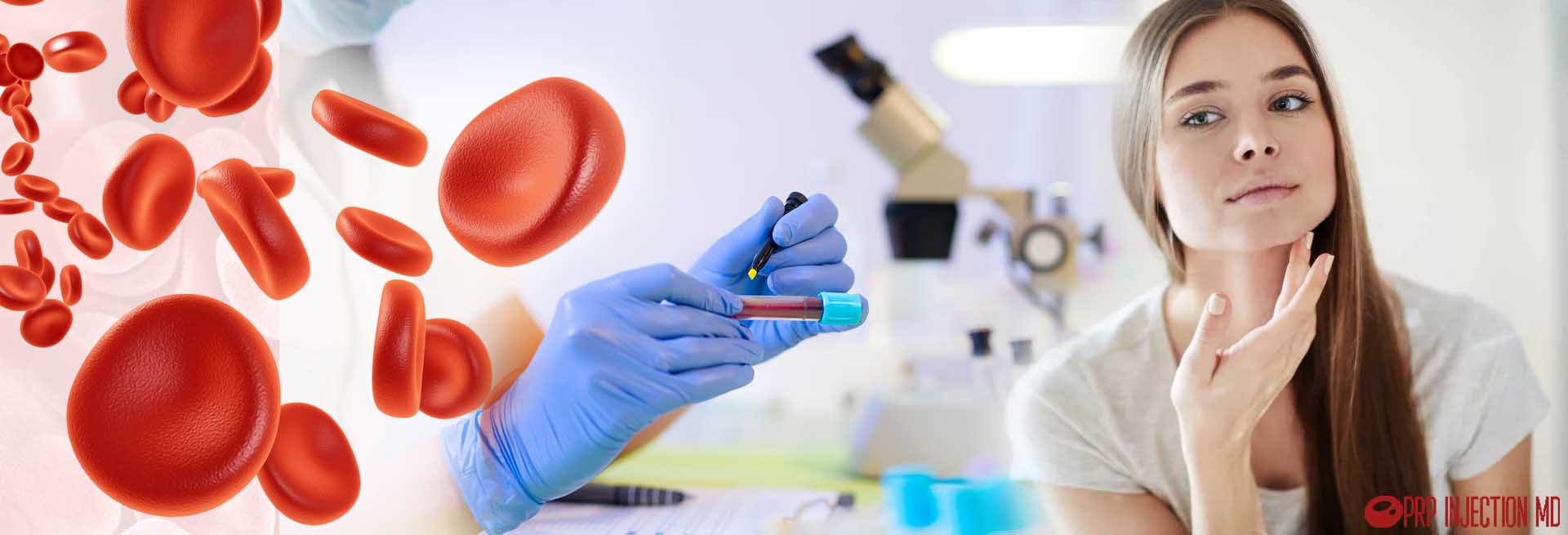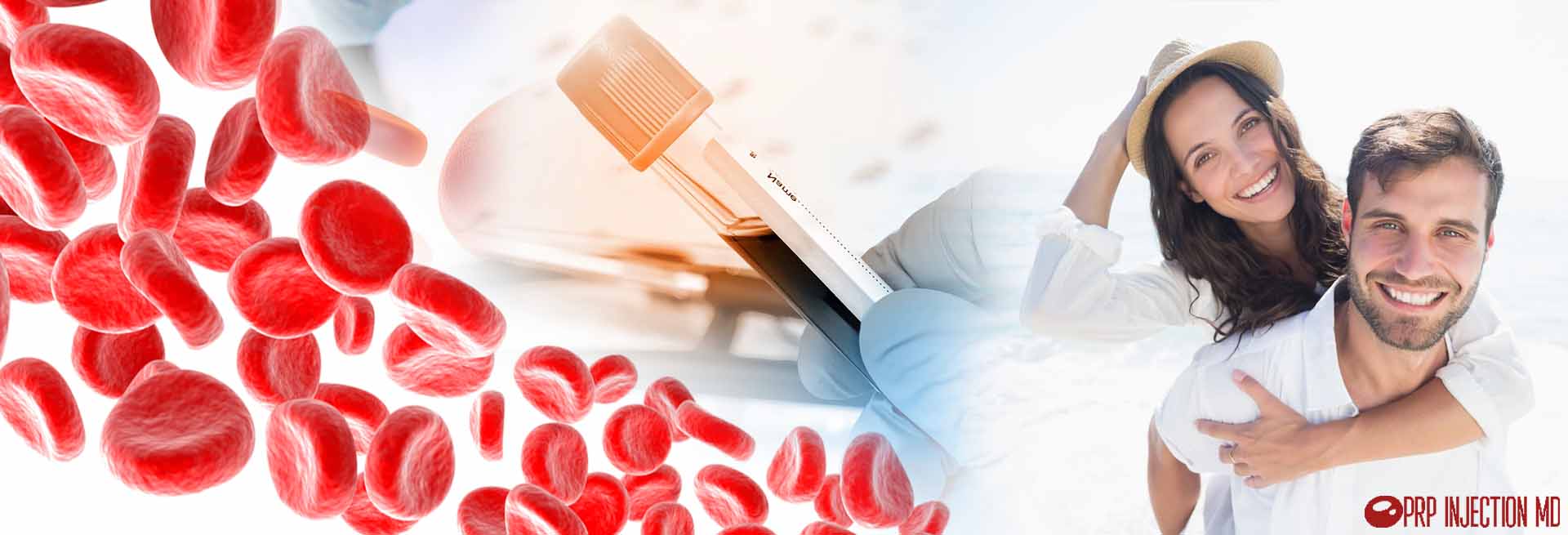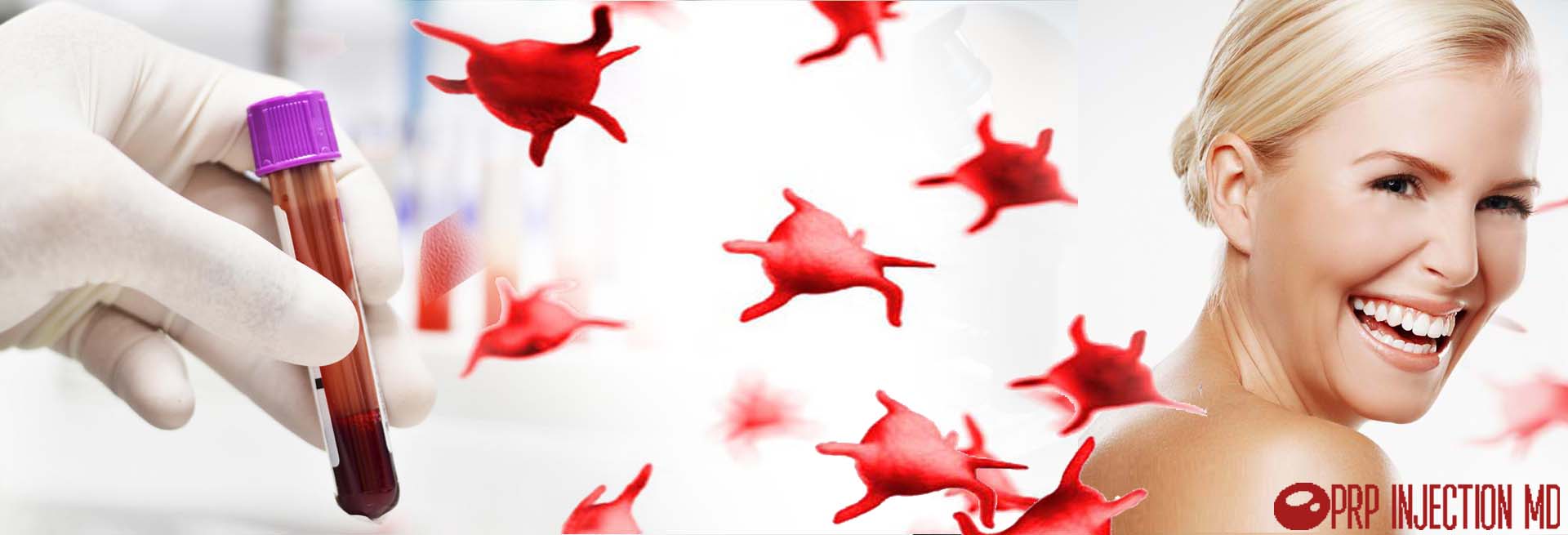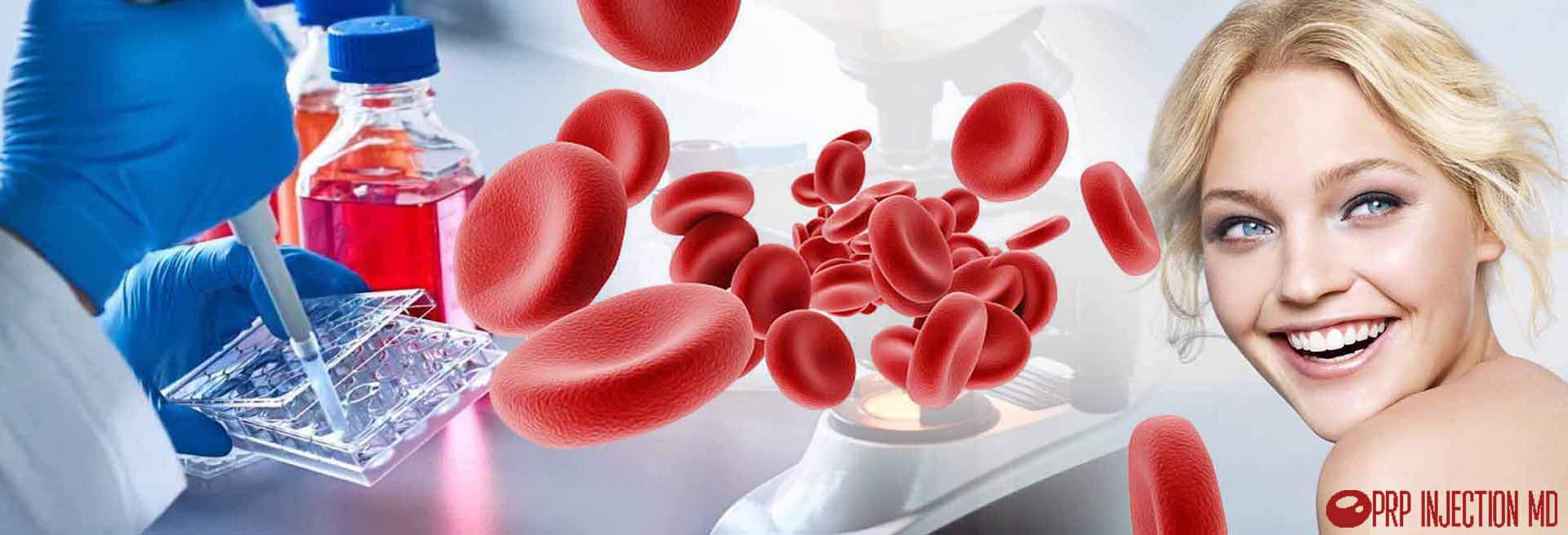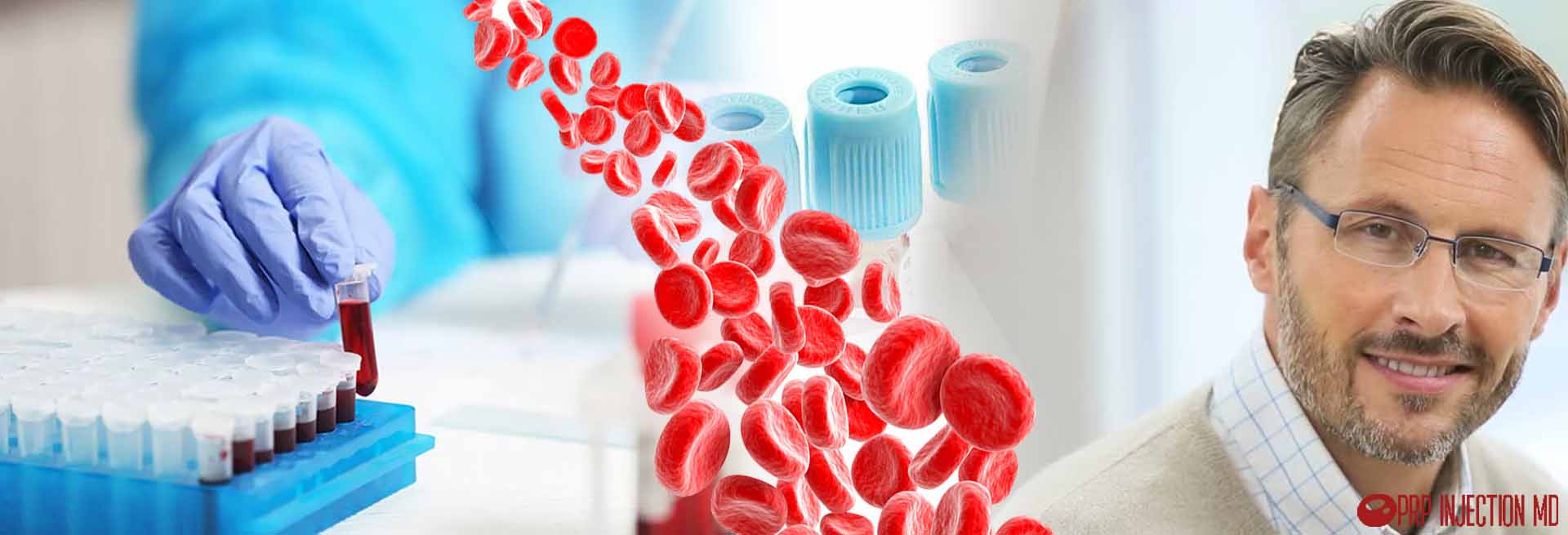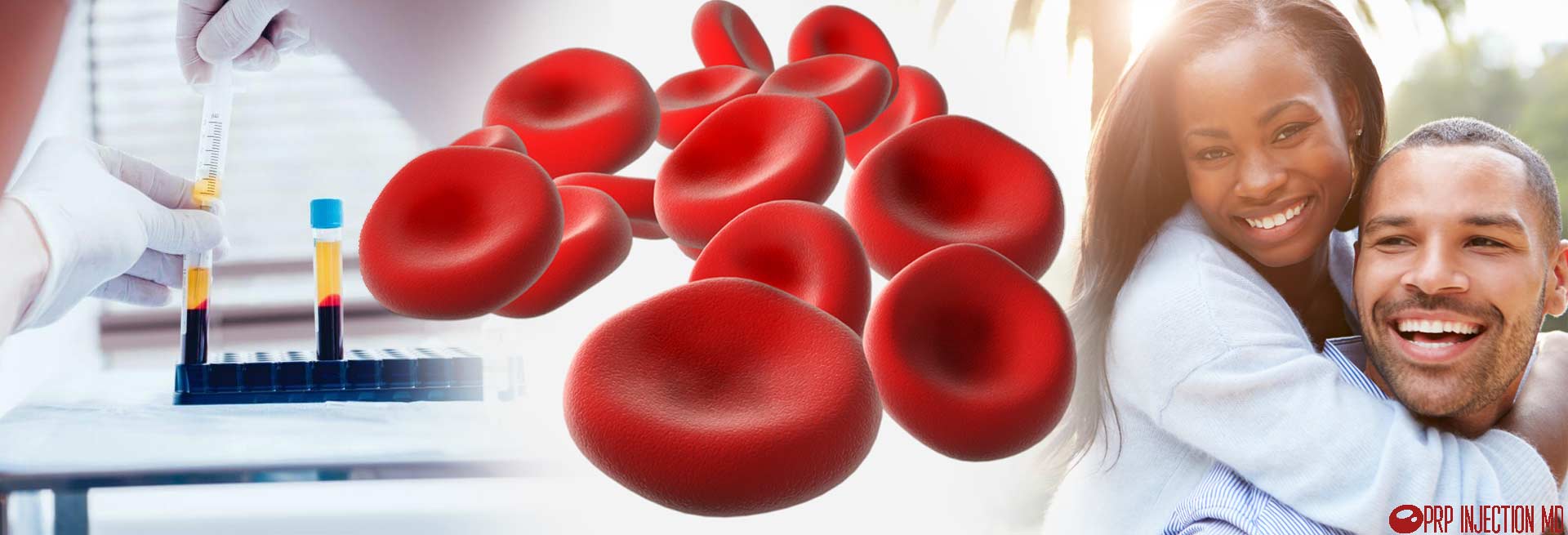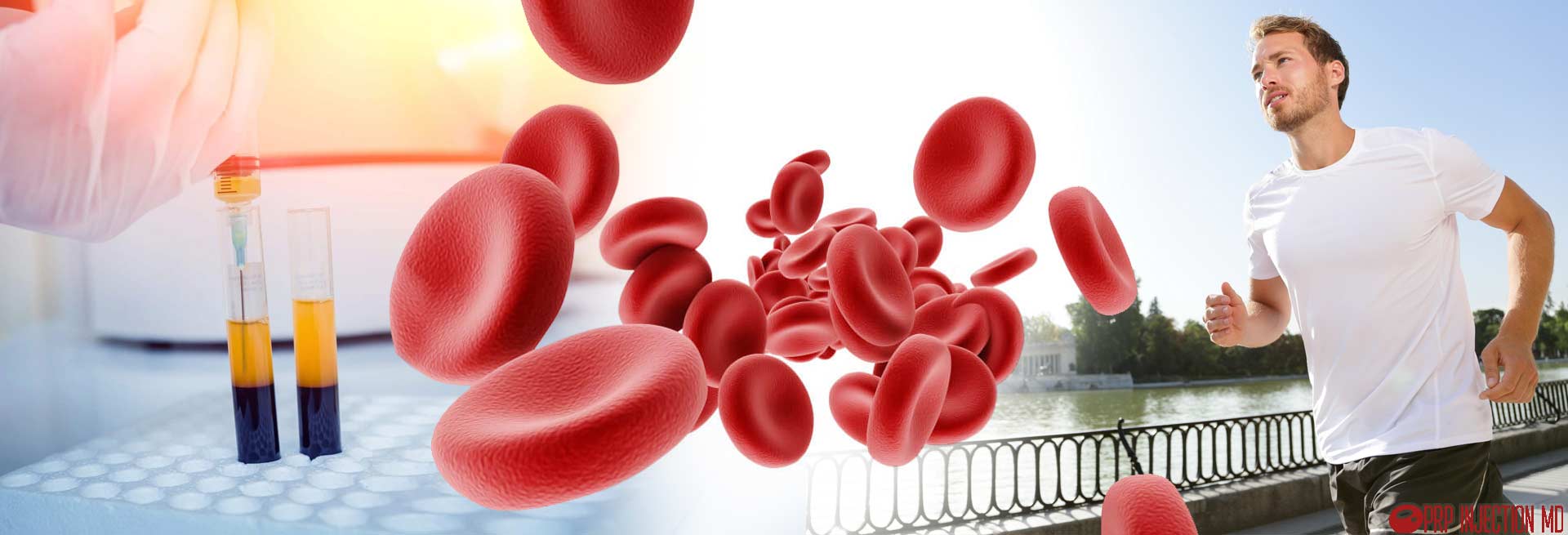PRP Therapy for Injury Scars
Have you been struggling with embarrassment and a loss of self-esteem because of injury scars? Surgical procedures, acne, injuries, and chicken pox are only some of the typical skin-damaging conditions that people go through all the time. And, the resultant scarring, depressed or raised can serve as unpleasant reminders. Thankfully, PRP therapy for injury scars can erase the marks and give you flawless skin. PRP treatment can help you by giving your skin an even texture and coloring, so that the imperfections are barely visible.
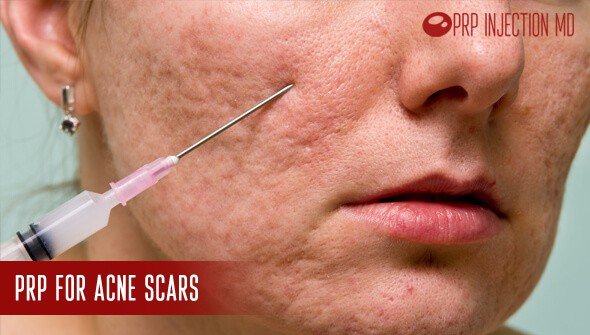
Any Kind of Skin Injury or Damage Can Cause Depressed or Raised Scars
Each time you have an injury or the skin incurs damage because of surgery or acne, the body responds by covering the wound with new tissue. The new scar tissue is formed of the same collagen and elastin fibers that make up the original tissue. However, the undamaged tissue has an even alignment of fibers so that the skin appears smooth. Scar tissue, on the other hand, forms in an uneven pattern. And, for this reason, looks and feels different from the surrounding skin. In some cases, the collagen may form improperly leaving behind a pit. Or, the excessive collagen may result in a raised scar.
Scars Can be of Various Kinds
Your skin displays signs of trauma depending on the kind of injury it incurs. For instance, acne leaves pits, raised marks, and discolorations while burns cause contracture scars. You can also develop keloids, a kind of hard raised tissue that spreads out of the edges of the original injury. If you have had any major surgery, you might see that the incision site has suture or staple marks. While smaller scars merely cause imperfections that bother you when you look at them, more extensive scarring can result in red, itchy skin and discomfort. Tougher scar tissue can even make movement difficult.
Getting PRP Therapy for Injury Scars Could be a Smart Move
Should you search on the internet, you’re likely to find many solutions that can help you erase the scars. For instance, you could try laser treatments or chemical fillers injected below the pits to raise the surface skin. Your skin specialist might also suggest dermabrasion or chemical peels to remove a fine layer of skin cells from the surrounding areas for a smoother appearance.
As the National Center for Biotechnology Information reports, these modalities could have side effects and variable degrees of success. In comparison, getting PRP Therapy for injury scars helps by inducing the body to create a new layer of collagen and elastin so that the scar tissues heal naturally. The treatment rarely has side effects, is minimally invasive and highly effective
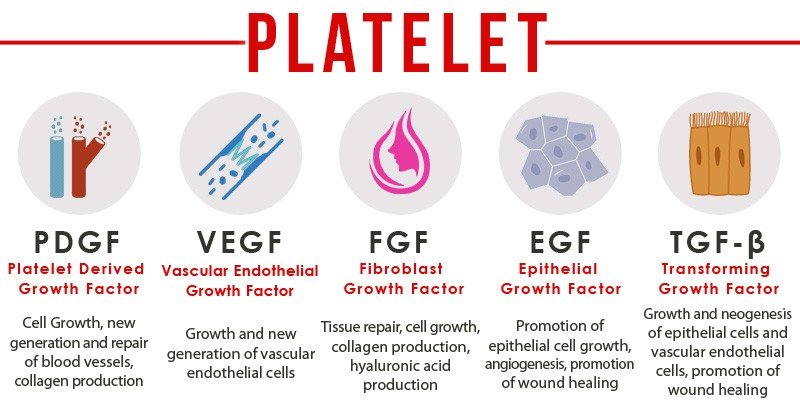
Platelet Rich Plasma Treatments Mimic the Natural Healing of the Body
Being tougher, scars receive a lower amount of blood supply and thus, do not heal as they should. Platelet Rich Plasma or PRP Therapy for injury scars works by creating new blood vessels in the scar tissue. In addition, the PRP serum contains a concentration of growth factors and mesenchymal stem cells along with platelets and other compounds. These elements can attract both hard and soft tissue forming cells to the treatment site. This fresh infusion creates a matrix that serves as a mesh for the collagen and elastin fibers to regenerate and repair. And, the process is much like the natural healing processes of the body. As the fibers rejuvenate, the scars begin to lighten and the skin starts to gain a more even appearance.
PRP Injection for Scars Can Be Combined with Subcision
Depending on the kind of scars you have, your dermatologist may recommend that you combine PRP Therapy for injury scars with other treatments. For instance, in case you have raised scars, she might choose to perform skin subcision before administering the PRP serum. During subcision, the doctor uses a specialized needle to break the bonds that form between the scars and underlying tissues. Next, she carefully injects the serum in the wound site to accelerate healing. The new layer of collagen and elastin that PRP creates can work to repair and restore the skin.
PRP Treatment for Scars is More Effective than Conventional Options
Conventional treatments for keloid scars include cortisone injections, cryotherapy, lasers, and silicone sheets. Doctors might also choose to remove the raised scars using surgical methods. In place of these options, PRP therapy for injury scars is much more effective. As a report published by the National Center for Biotechnology Information reveals, by giving patients a combination of subcision, PRP therapy, and x-ray therapy, it is possible to significantly lighten the marks. Doctors can also choose to place the PRP serum in the wound after the surgical removal of keloid scar tissue. That’s because the Platelet Rich Plasma gel has been found to be highly effective in the speedy healing of open wounds with the minimum of scarring.
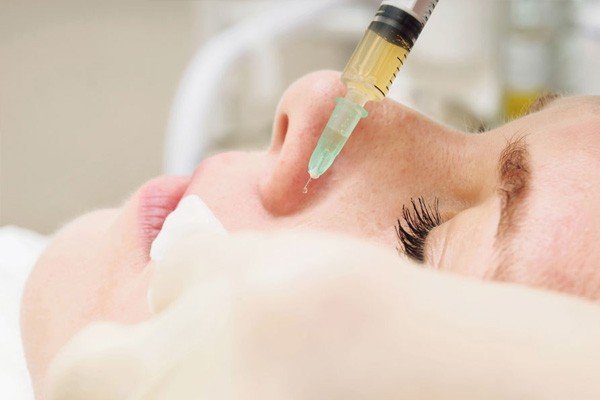
Getting PRP Scar Treatment is Quick and Simple
Go ahead and opt for PRP treatments to lighten the scars and marks. You’ll find that the procedure takes around 30 to 45 minutes and does not involve any downtime. Your doctor will extract a sample of blood from the forearm and place it in a centrifugal device to extract the PRP serum. While the device spins your sample, your dermatologist will likely perform the subcision, if needed. Next, he places the serum in the wound site using a fine needle.
You could experience some amount of discomfort and redness in the area. But, all of these effects settle within a day or two. Further sessions depend on the condition of your skin and how your body responds to the treatment. Accordingly, your doctor might recommend that you come back for follow-up sessions scheduled 4 weeks apart. Typically, patients need around 1 to 3 sessions. And, they soon start to see marked improvements in the texture and appearance of their skin.
PRP injections for acne scars and facial flaws can prove to be a safe, effective method for helping you remove signs of skin damage. Try the treatments for acne scars, injury marks, keloids, and any other depressed or raised imperfections. Get back smooth, clear skin that glows with health.
Have you been battling with injury scars and marks? Have you searched around for effective treatments without any real success? Maybe, it’s time to try PRP therapy. For more information, contact us and we’ll get back to you with the details you need. You can also call us at this number: (888)-981-9516 and speak to our expert consultants.
